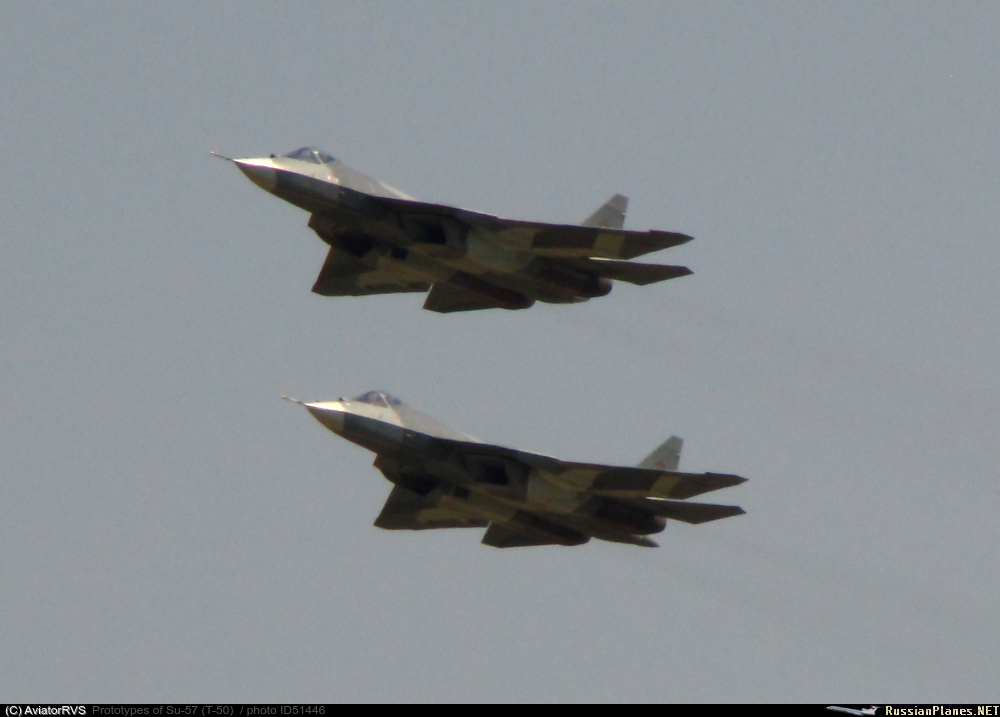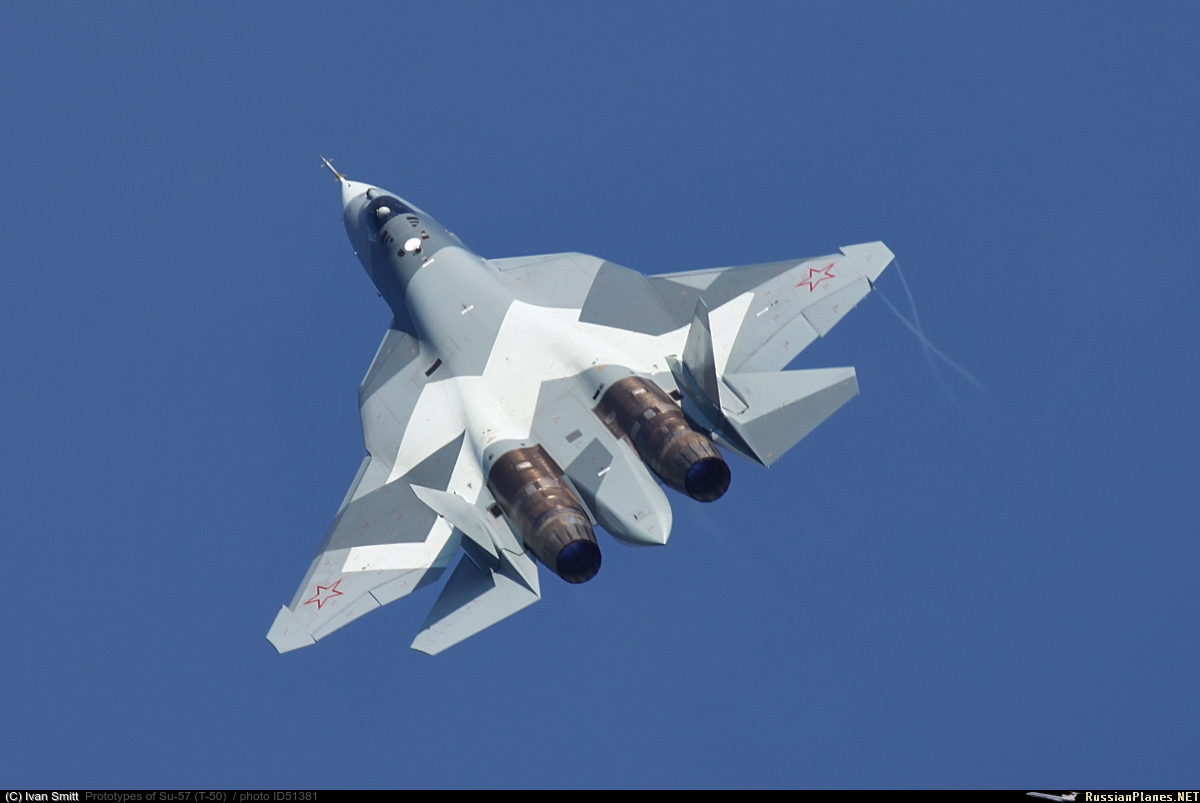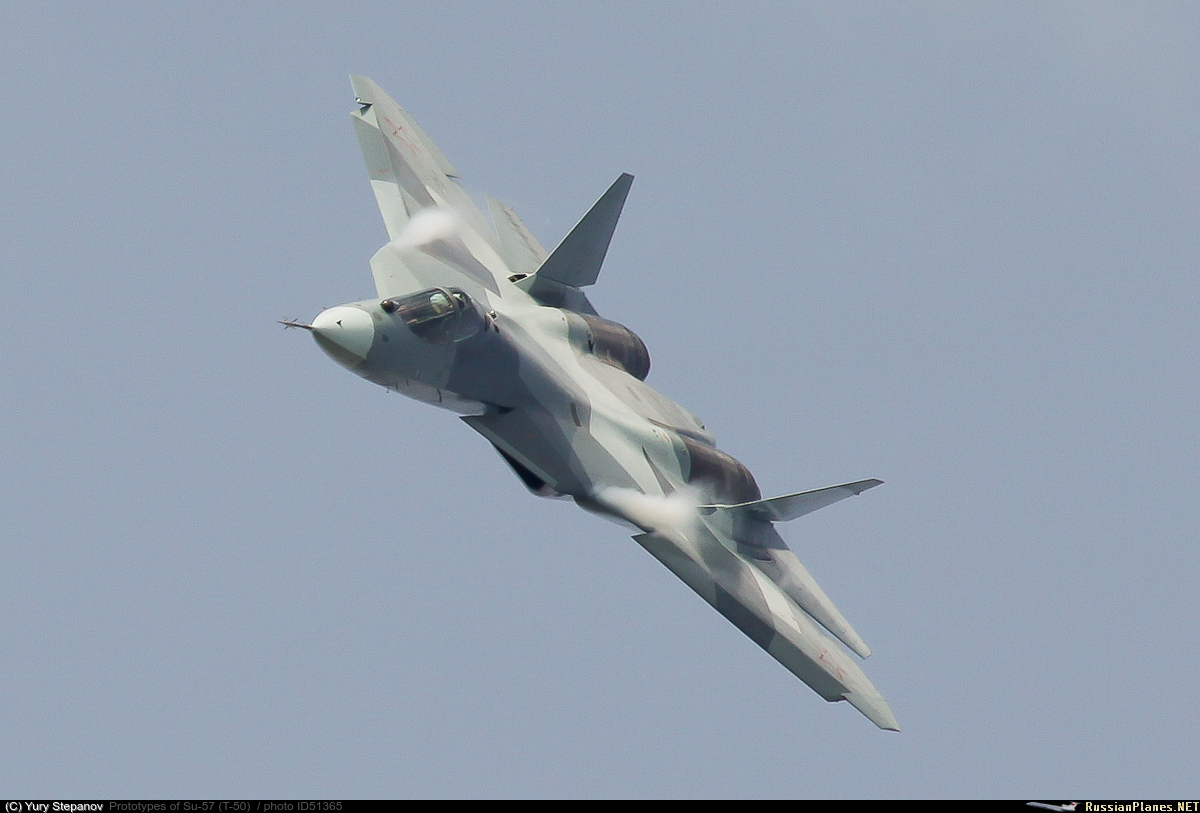Bad argument. In radar detection, BEFORE the filter there is acceptance. In other words, you cannot filter something out unless you ALREADY processed its characteristics and compare them against a known table, THEN you either reject (filter) them or move them onto video integration. So what I said is essentially correct: In radar detection, nothing is invisible and everything is initially detected.GarryB wrote:Trade the radar and the radar wave for a human with a torch. Light from the torch hitting an object is not detection. Light from the torch hitting the target and reflecting back to the observers eye and the observers brain distinguishing the light from the object from things between the observer and the object, things around the object and things behind the object that might make the object hard to see is 'detected'.
The torch alone detects nothing, the detection system is the human or radar system.
Of course it is an important point. Data processing is resource intensive. An appropriate analogy is identification via 'headshots' only. You can go through a set of photos containing only 'headshots' versus having to process arms, legs, clothing, and assorted accoutrements. Radar altimeter is exactly what am talking about:GarryB wrote:Your point that one radar searching for an F-117 using doppler shift is not an important point because there will rarely be a case where just one radar is searching. With many radars searching your point becomes moot because multiple radars can't be 'beamed'.
http://www.jhuapl.edu/ott/technologies/technology/articles/P01248.asp
What the system does is process only the Doppler component of the radar return of the ground, which contains all sort of junk and lead back to what I said above about identification using only 'headshots'. In the case of the radar altimeter, processing only the Doppler component allows for a more compact system that is uniquely tasked: altitude. The gist of my explanation was exactly that: To explain that while it is technically possible to data process one component out of many in order to cast as wide a net as possible to detect an F-117 class body, there are equally valid technical and operational difficulties that will make the technique limited in usage. It had nothing to do with using multiple systems in different locations. If anything, multiple systems can contaminate each other, if not outright jam.A delay compensated Doppler radar altimeter...blah...blah...blah...
Yes, that problem is called what? But then it proved what I said: That while it is technically possible to use ONLY the Doppler component to ATTEMPT to discriminate an F-117 class body from others, there are serious caveats. So what 'game' am I playing?GarryB wrote:You like to be picky, so allow me to play the same game... Doppler shift occurs with a moving radar too, the problem of beaming is that the doppler shift of the target is the same as the doppler shift of the background because compared to the background and the target are getting closer to the moving radar at the same rate and therefore have the same doppler shift.
Fine. But the problem remains: That data processing is always a resource problem. The lower the clutter rejection threshold to gather all those data, the greater the resource demand. Narrow the beam to limit the amount of data and you will increase X volume search time. Nothing is free.GarryB wrote:50 years ago they would likely all filter out such information however the knowledge of the existence of bird and smaller sized targets suggests that current radars and even old radars will have software that specifically looks for those special birds and insects as a priority because the result will either be a successful intercept of a real threat or a trophy of significance to go on the mantlepiece... the worlds first supersonic Sparrow.
The world has about 20-something years since the debut of the F-117. We have yet to see anything more credible than a sales brochure to say that it is so easy. Doppler processing alone do not show other target resolutions such as altitude, speed, aspect angle, and heading. So even if the target is moving at 100 km or 1000 km, the result will show only that there is a Doppler difference between X, Y, and Z. We can attempt to gauge either closing or receding speed by playing with the intensity via some algorithms but that is like going through a third party opinion about something. But it can be accurate enough to direct a narrower beam of a more general radar system to a certain sector.GarryB wrote:Don't be silly. Now that the Commanche is cancelled and the minor production of a few stealthy blackhawks to contend with anything with the RCS of a bird or smaller travelling faster than 120km/h can be only one thing... a stealth aircraft and while there are trillions or more of birds and insects, the number of birds or insects that can move faster than 120km per hour is zero so simply ignoring RCS and just looking for objects flying faster than 120km/h will show stealth aircraft but not birds and insects. The increase in data will only be a problem if there are thousands of stealth aircraft flying around the antenna.
Just because you asserted that it is 'stupid' does not mean it automatically is. Video integration has an automatic gain feature to prevent hardware failures. If an RCS is large enough, the feature will control either the receiver gain or the display gain or even both, effectively filtering out the smaller RCS. I take it you have never been in flight? I have. It is only in air shows that we see aircrafts in such close formations. A typical four-ship flight can be spread out for several km in the sky to maximize radar coverage and to prevent radar 'cross talk'.GarryB wrote:I explained why it was stupid. Attracting the defences attention with something that isn't stealthy and hiding your stealthy aircraft near it will greatly increase the defences chances of spotting your stealthy aircraft.
It is stupid for the same reason that having a guy in a bright red coat walking around with your snipers to hold their extra ammo and equipment would be stupid.
I realise it is a standard tactic for submarines to shadow large ships to get into places they shouldn't be, but even then the risk is enormous.
With a B-52, as I said the defences will be looking for stealthy cruise missiles the B-52 might have launched or is about to launch so it will be looking all around the B-52 for small RCS and IR emitting targets while moving interceptors to shoot it down. The standard use interceptor would be a Mig-31 with a large powerful radar and IRST. You want those flying near your B-2s then fine.
http://nyusn.blogspot.com/2011/03/this-picture-is-last-thing-iraqi-mig-29.html
So to use a B-52 to attract and cover for a B-2 is a valid technique....he was flying in what the Air Force calls a “wall of Eagles,” a formation of four F‑15s spread out in the sky over roughly five to eight miles at 33,000 feet to maximize their visibility and radar range.
Please do not presume to know. The use of a B-2 can be first as a surprise or subsequent when the enemy has been sufficiently distracted, worn out, or extended enough where defense gaps are available for a deeper strike into his territory. Have no doubt we have done enough of these exercises, live or simulated. You should know continental US (CONUS) is big enough.GarryB wrote:In a first strike it is most likely the B-2s would operate alone so as not to give away the attack.
In a non first strike situation in the 6-8 hours plus it just took to get the B-52s and B-2s to Russian Airspace ICBMs and SLBMs will have already severely degraded the air defence network and your average cessna could probably make it through.









